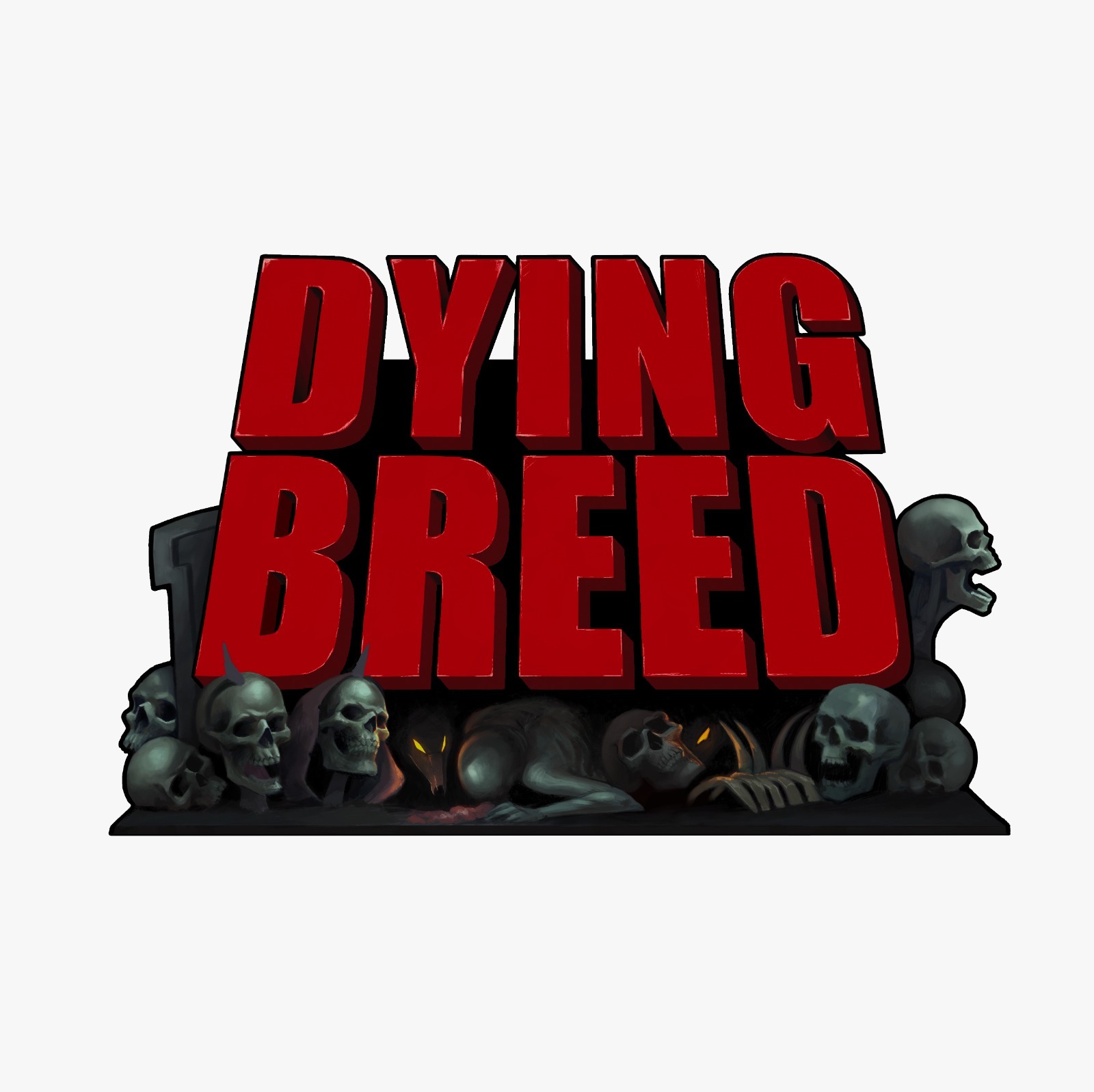Dying Breed Signals Potential Return to Real-Time Strategy's Golden Age on October 7th

The landscape of real-time strategy gaming is abuzz with anticipation as a new contender, Dying Breed, prepares for its official launch on October 7th. This upcoming title is generating significant excitement, particularly among long-time fans of the genre, by explicitly drawing inspiration from legendary Westwood classics such as Command & Conquer and Red Alert. The mere mention of these iconic names evokes a sense of nostalgia and a high bar for strategic depth and engaging gameplay. As the release date approaches, players are keenly observing whether Dying Breed can truly recapture the essence of an era many consider the genre's golden age, offering a fresh yet familiar experience that honors its esteemed predecessors.
The Enduring Legacy of Westwood Studios
The inspiration drawn from Westwood classics like Command & Conquer and Red Alert is a significant statement of intent for Dying Breed. Westwood Studios, during its prime, was synonymous with innovative and highly influential real-time strategy games. Their titles were defined by several key elements: accessible yet deep mechanics, distinct and memorable factions, compelling narrative delivered through often campy but beloved full-motion video (FMV) cutscenes, and a perfect blend of resource management, base building, and tactical combat.
Command & Conquer, released in 1995, set a new standard for the genre, popularizing the concept of harvesting resources (Tiberium) to fund war efforts, construct sprawling bases, and deploy diverse units. Its successor, Red Alert, expanded on this foundation with alternate history settings, even more outlandish units, and refined gameplay. These games weren't just about clicking units; they were about strategic decision-making under pressure, understanding unit counters, exploiting terrain, and managing a dynamic battlefield economy. The user interface was intuitive, and the progression from basic infantry to superweapons felt incredibly rewarding. This robust foundation is precisely what fans hope Dying Breed will emulate and evolve for a contemporary audience.
The Evolution and Challenges of Real-Time Strategy
Following the peak of the late 1990s and early 2000s, the real-time strategy genre experienced a period of diversification and, arguably, a gradual decline in mainstream prominence. While innovative titles continued to emerge, the market shifted towards other genres like MOBAs and battle royales, which often incorporated real-time strategy elements but in a different format. Many traditional RTS franchises struggled to adapt to evolving player expectations, technological advancements, or simply found it challenging to innovate without alienating their core audience.
The genre itself is inherently complex, demanding players to juggle multiple responsibilities simultaneously: resource management, base defense, unit production, reconnaissance, and offensive maneuvers. This steep learning curve, combined with the rise of faster-paced competitive games, meant that new RTS titles faced an uphill battle for widespread appeal. However, a dedicated community has always remained, yearning for games that offer the intricate strategic depth and engaging campaigns that defined the genre's heyday.
Dying Breed's Vision: Recapturing the Essence
When a developer states their game is "made in the spirit of" Westwood classics, it immediately sets a high expectation for a specific type of experience. For Dying Breed, this likely translates into a focus on several core design principles. Players can anticipate a strong emphasis on traditional base construction, where the placement of structures impacts defensive capabilities and resource flow. Unit rosters are expected to be diverse, with clear strengths and weaknesses, encouraging tactical deployment and counter-play.
Furthermore, the "Westwood spirit" often implies a compelling single-player campaign, potentially rich with narrative elements and memorable characters, perhaps even incorporating modern takes on FMV-style storytelling. The visual aesthetic is also crucial; classic RTS games often had a distinct isometric or top-down perspective with detailed unit models and environmental art. If Dying Breed successfully captures this visual and mechanical authenticity while introducing its own unique flavor, it could resonate deeply with both veterans and new players seeking a more deliberate and strategic gaming experience. The promise is not merely a clone, but a game that understands the fundamental appeal of its predecessors and builds upon that foundation.
Anticipation Builds for a Genre Revival
The release of Dying Breed on October 7th is more than just another game launch; it represents a significant moment for the real-time strategy community. It taps into a collective desire for a return to form for a genre that has shaped gaming history. The question on many minds is whether this title can truly deliver on its ambitious promise and help usher in a new era for RTS.
The success of Dying Breed could serve as a powerful signal to the wider industry that there is a substantial, underserved market for classic-style real-time strategy games. It could inspire further development in the genre, encouraging innovation while preserving the core tenets that made it so beloved. The gaming community is eager to see if Dying Breed can strike the delicate balance between honoring its roots and offering enough modern polish and original ideas to stand on its own. The potential for a "golden age" to truly return hinges on games like Dying Breed proving that strategic depth, immersive world-building, and robust gameplay can still captivate a broad audience in today's diverse gaming landscape.
The Road Ahead for Real-Time Strategy
As October 7th approaches, all eyes will be on Dying Breed. Its performance and reception will undoubtedly contribute to the ongoing conversation about the health and future direction of the real-time strategy genre. For many, the idea of a new game embodying the spirit of Command & Conquer and Red Alert is not just a nostalgic dream, but a genuine hope for fresh, high-quality strategic experiences. The potential for Dying Breed to ignite a broader resurgence of classic RTS design principles is palpable, promising a future where strategic depth and engaging real-time combat once again take center stage in the gaming world.
